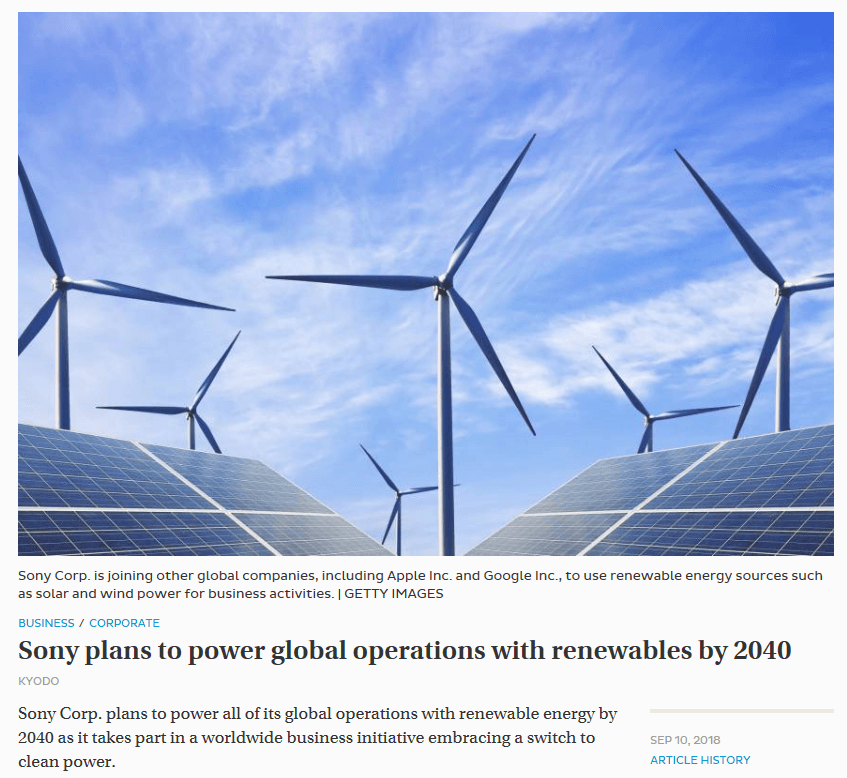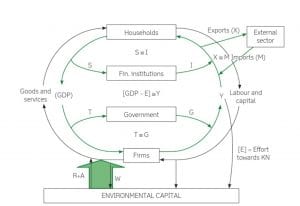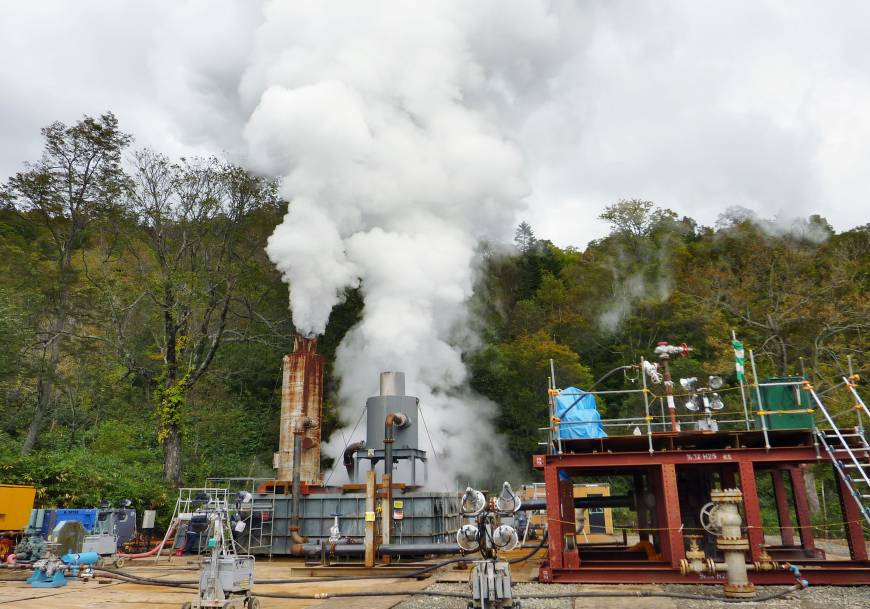Summary
Japan’s youths have an increased awareness of the country’s unsupportive stance towards climate change, and they are moving to advocate for change. This Japan Times article covered several young climate activists in Japan, focusing on Mika Mashiko, a 20-year-old university student. Mashiko’s passion for the environment was awakened when she realised the detrimental impacts of installing solar panels in her hometown, Nasu, Tochigi Prefecture. Japan’s young climate activists have a mindset that is “more global and collaborative” than ever, setting up advocacy groups such as Fridays for Future (FFF) branches. In the article, two opposing stances were being depicted – namely the environmentally-driven youths and the economically-driven Japanese government. Amidst the global COVID-19 situation, young climate activists face more difficulty in their campaign than before. Nevertheless, they remain positive in face of adversity and continue to push for a more sustainable Japan.
Japan and the Environment
In this article, Japan and the environment take on the role of the “taker” and “giver” respectively. The country capitalises on its natural resources, masking its ulterior motive of economic benefits behind a mask of environmental consciousness. For instance, the solar panel project in Nasu appears to be environmentally friendly since renewable energy will be collected. Solar energy is a more sustainable alternative as compared to energy from “coal-fired power plants” as mentioned in the article. However, Mashiko soon realised that this project will bring about large-scale deforestation and the energy generated may not be used in Nasu but sold elsewhere.
Japan is also portrayed as being unwilling to prioritise environmental initiatives. Member nations were required to revise their Nationally Determined Contributions (NDCs), an indication of their plan to reduce greenhouse gas emissions. Being a member nation at COP25, Japan “quietly announced” that their NDC will remain the same despite the global consensus to be more sustainable. Additionally, environmental experts and activists do not believe that the government will be proactive in slowing down climate change without external pressure.
Green Subjects
Japanese youth climate activists such as Mashiko are viewed as “green” in this article since they are illustrated to be proactive. Without existing organisations that align with their ideology, they take the initiative to create their own, namely the 22 FFF branches all over Japan. By having clear goals such as reducing carbon emission, plastic waste and encouraging renewable energy sources, young activists are portrayed to be actively advocating for their cause to “spark changes from the ground up”.
Common Concepts
It is highlighted that the general population lacks environmental consciousness despite Japan’s image as nature-loving. This parallels Kalland and Asquith’s concept that the Japanese love for nature is one-dimensional (1997, 29). There is also a possible link with the concept of furusato and nostalgia; Mashiko’s love for Nasu only awakened after she was exposed to the urban life in Utsunomiya, where she attended university. The abundant nature in Nasu only seemed more attractive and worth protecting after she returned to Nasu, similar to the tourists visiting Kurokawa. The situation in Nasu calls upon Robbins’ idea of political ecology; nature and environment are politically embedded, where Mashiko’s hometown is “being appropriated by forces beyond her”. Significantly, changes to nature are not driven by environmental causes, but deeply rooted political and economic agendas (2007, 4). Evidently, the complicated concept of political ecology is underlined where “powerful corporate interests [are] trying to defile it [Nasu]”; good-natured intentions are double-looked with hidden agendas by the government. As a result, onlookers conclude that climate change is “not a priority for the Japanese government.” This complements Kirby’s argument on the government’s ecological behaviour being driven by economic rationalism (2011, 178).
(602 words)
References
Kalland, Arne, and Pamela J. Asquith. 1997. “Japanese Perceptions of Nature: Ideals and Illusions.” In Japanese Images of Nature: Cultural Perspectives, edited by Arne Kalland and Pamela J. Asquith, 1–35. Richmond: Curzon Press.
Kirby, Peter Wynn. “Constructing Sustainable Japan.” 2011. In Troubled Natures: Waste, Environment, Japan, 160–92. Honolulu: University of Hawaii Press.
McMorran, Chris. 2014. “A Landscape Of ‘Undesigned Design’ in Rural Japan.” Landscape Journal: design, planning, and management of the land 33 (1): 1–15. muse.jhu.edu/article/553176.
Robbins, Paul. (2007). Political Ecology: A Critical Introduction. 1st ed. Wiley-Blackwell.
Takahashi, R. (2020). Outnumbered but unafraid: Japanese climate activists confront Society to Save it. The Japan Times. Retrieved October 31, 2021, from https://www.japantimes.co.jp/news/2020/05/12/national/japanese-climate-activists/.






